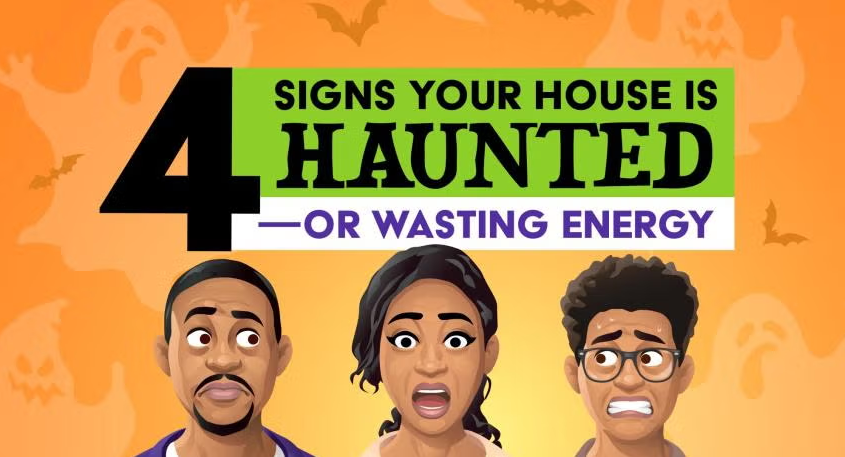Independence Day is a good time to talk about water safety. Life vests, fire extinguishers, flotation devices that can be thrown in the water, and proper lighting are a few essentials for recreation in a pool or lake. But some people aren’t aware of one of the most dangerous and life-threatening hazards that can kill swimmers without warning. ESD, or electric shock drowning, can occur when electrical connections around pools, lakes, and other bodies of water are not installed or maintained properly.
“You should make sure that the dock area is safe,” says Molly Hall, Executive Director of the Energy Education Council – Safe Electricity program.
“This means making sure electrical connections are properly installed and safely maintained,” she warns. “Your loved ones’ lives might just depend on it.”
Hall suggests that boaters and swimmers inspect pool areas and docks for hazardous conditions. If you aren’t sure about the safety of an area, it’s best to find out if there’s been a recent inspection – or call a professional to evaluate. Any hazardous conditions should be repaired immediately to ensure the safety of swimmers, boaters, or anyone who might come in contact with the water. Even if you are renting or visiting an area with water and electric connections, it is important to notify the owner of any safety violations so that they can be fixed immediately. Improperly maintained areas should not be used for recreation.
While regulations might vary by location, the website of the Centers for Disease Control and Prevention (CDC) states that ESD can be prevented by regular inspections for ground-fault failure and by strict enforcement of the National Electric Code through frequent inspections of pools and docks.
Safe Electricity urges boat owners to have dockside electrical systems installed by professional electricians guided by National Electric Code, and to have these systems inspected regularly to avoid tragedy. Get more information and read about and watch a video on a real-life ESD story at SafeElectricity.org.


